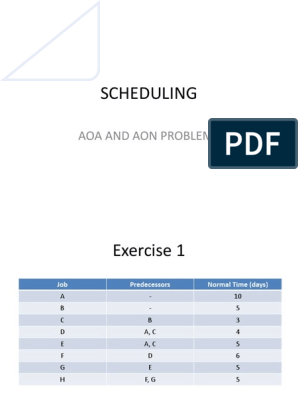0% found this document useful (0 votes)
125 views14 pagesUnit - 3 Greedy Algorithm (Fractional Knapsack Problem)
The document discusses the Fractional Knapsack Problem, where the goal is to maximize profit by selecting objects with given weights and profits while adhering to a weight limit. It explains the greedy algorithm approach, allowing for the selection of fractions of objects, and provides two examples illustrating the selection process and calculations for total profit. The algorithm sorts objects based on their profit-to-weight ratio and selects them accordingly until the knapsack's capacity is reached.
Uploaded by
Yashvant SolankiCopyright
© © All Rights Reserved
We take content rights seriously. If you suspect this is your content, claim it here.
Available Formats
Download as PPTX, PDF, TXT or read online on Scribd
0% found this document useful (0 votes)
125 views14 pagesUnit - 3 Greedy Algorithm (Fractional Knapsack Problem)
The document discusses the Fractional Knapsack Problem, where the goal is to maximize profit by selecting objects with given weights and profits while adhering to a weight limit. It explains the greedy algorithm approach, allowing for the selection of fractions of objects, and provides two examples illustrating the selection process and calculations for total profit. The algorithm sorts objects based on their profit-to-weight ratio and selects them accordingly until the knapsack's capacity is reached.
Uploaded by
Yashvant SolankiCopyright
© © All Rights Reserved
We take content rights seriously. If you suspect this is your content, claim it here.
Available Formats
Download as PPTX, PDF, TXT or read online on Scribd
/ 14

























































































